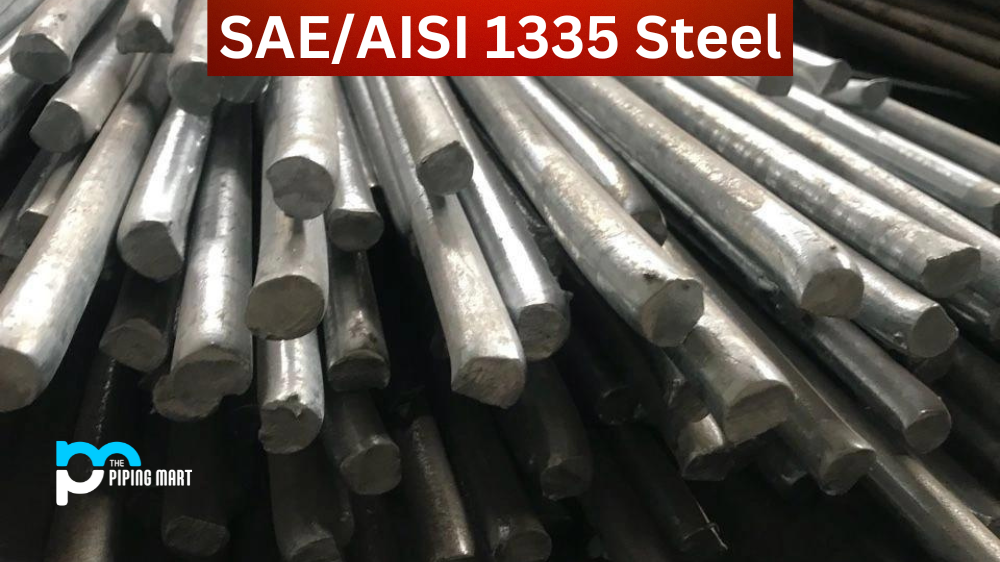C34500 brass is one of the widely used brass alloys with excellent properties. With its unique composition, mechanical and physical properties, this alloy is considered a top choice for many applications. This blog post dive into c34500 brass, exploring its composition, properties, uses, and more.
C34500 Brass Composition
C34500 brass, also called Low Lead Red Brass, is composed of copper, lead, zinc, and iron. Copper takes up 80.5% of the composition, followed by zinc, which is 4-6% and 0.07% iron. Lead is the final significant component, up 0.06%.
| Element | Content (%) |
|---|---|
| Fe | ≥ 0.150 |
| Cu | 62.0-65 |
| Pb | 1.50-2.50 |
| Zn | 32.5-36.5 |
C34500 Brass Mechanical Properties
C34500 brass boasts excellent mechanical properties, ideal for many applications. The metal has a tensile strength of 42,000 psi, a yield strength of 17,000 psi, and a Brinell hardness number (BHN) of 82. The alloy’s elongation percentage (at break) is 45%, making it ideal for sheet metal forming operations.
| Properties | Metric | Imperial |
|---|---|---|
| Hardness, Rockwell B | 66 | 66 |
| Tensile strength at break | 372 MPa | 54000 psi |
| Yield strength | 234 MPa | 34000 psi |
| Elongation at break | 35% | 35% |
| Machinability (UNS C36000 = 100) | 90 | 90 |
C34500 Brass Physical Properties
C34500 brass exhibits exceptional physical properties, high electrical and thermal conductivity and ductility. It has a density of 8.44 g/cm^3, a thermal conductivity of 121 W/m K, and an electrical conductivity of 33% IACS. The metal’s melting point ranges between 890°C and 905°C.
Equivalents
- ASTM B453
- SAE J461
- SAE J463
C34500 Brass Uses
C34500 brass is used in various metalworking applications thanks to its excellent properties. It’s mainly used in the automotive industry, specifically in manufacturing radiators, heat exchangers, and heater cores. C34500 brass is also used in plumbing, where it’s used in making fittings, flanges, and valves. Its high ductility makes this metal suitable for roofing and guttering applications.
C34500 Brass Corrosion Resistance
C34500 brass exhibits excellent corrosion resistance, which makes it suitable for a wide range of applications. The metal is protected from corrosion by the formation of a thin layer of basic copper carbonate. This protective layer also gives it its characteristic greenish colour.
C34500 Brass Heat Treatment
C34500 brass can be heat-treated to improve its physical properties. The metal is heated to specific temperatures and then rapidly cooled. This process enhances the metal’s strength and hardness, making it ideal for applications requiring high mechanical strength and wear resistance.
C34500 Brass Machining
C34500 brass is easy to machine, making it ideal for mass production. The metal’s high ductility makes it easy to form, while its corrosion resistance makes it suitable for parts exposed to harsh environments.
C34500 Brass Welding
C34500 brass can be welded using various welding techniques, such as gas tungsten arc welding (GTAW), gas metal arc welding (GMAW), and plasma arc welding (PAW). Welding techniques such as oxyacetylene welding and fusion welding should be avoided due to the presence of lead.
Conclusion
C34500 brass is an excellent alloy with remarkable properties that make it suitable for various applications. With its great composition, mechanical and physical properties, and high corrosion resistance, this alloy offers multiple uses, such as plumbing, automotive, and roofing. Machining and heat treatment are easy to perform on c34500 brass, and welding techniques such as GMAW and GTAW can be used. The excellent properties of c34500 brass make it a great choice for any application that needs mechanical strength, corrosion resistance and ease of machinability.

Abhishek is a seasoned blogger and industry expert, sharing his insights and knowledge on various topics. With his research, Abhishek offers valuable insights and tips for professionals and enthusiasts. Follow him for expert advice on the latest trends and developments in the metal industry.




